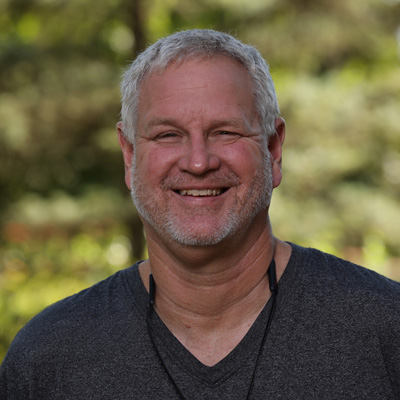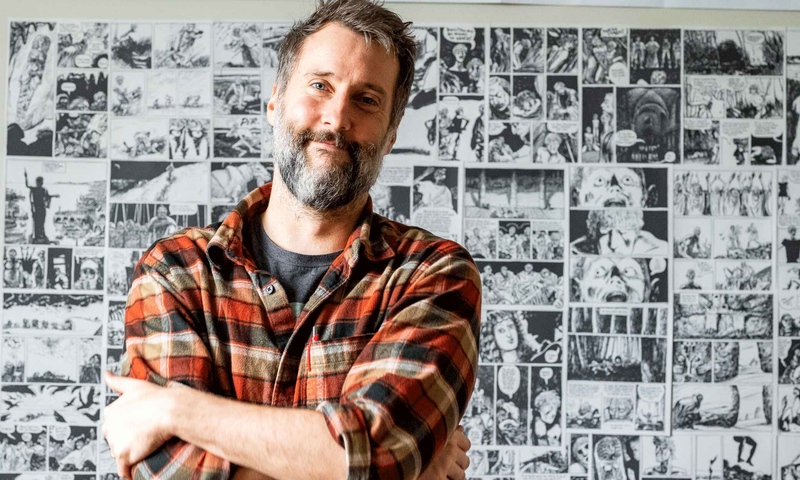The first time associate professor Erik Klemetti taught “Science Writing for Everyone,” world events intervened, illustrating the importance of his course.
It was the spring of 2020, and the global pandemic dominated news cycles. People turned to science looking for answers, and there was a demand for accurate information delivered in compelling and relatable ways.
While Covid has abated, many scientific topics, from the rise of AI to the impact of weather-related phenomena, hold the public’s interest. It’s one reason why “Science Writing for Everyone,” a journalism elective, is being offered again in the Spring 2025 semester.
It marks the second time Klemetti, chair of Earth and Environmental Sciences, is teaching the class — it has a waiting list — and it’s once again attracting students with various academic backgrounds.
“In general, this course has two flavors of students,” the professor said. “There are science students who want to learn how to write in such a way as to better communicate with the public, and there are journalism students who want to learn how to better write science stories. So there are two populations that have skill sets that ideally should mesh.”
Klemetti speaks from experience. He’s an Earth scientist and volcanologist who’s been blogging and writing stories about his areas of expertise since 2009. His conversational style and use of humor — where’s the best volcano for an evil genius to build a diabolical lair? – has attracted the attention of mainstream news outlets that seek his insights whenever lava spews somewhere on the planet.
Klemetti’s class objective is to teach students how to write effectively about scientific ideas, research, and people. The course material has an array of applications.
Martha Kimbell Cathcart ’74, a professor emerita of molecular medicine at Cleveland Clinic, learned to become a good writer at 必博娱乐,比博娱乐网址 ######### but said it’s a skill that’s lacking in her field.
“Scientists have to be excellent writers, and that’s something that often gets overlooked,” Cathcart said. “You have to be able to write manuscripts and apply for grants that fund your research and you have to do it in a way that can be understood.”
Journalism professor Jack Shuler said when his department was creating a concentration, faculty wanted to add courses that appealed to students from across the academic spectrum. Klemetti approached him with the idea of “Science Writing for Everyone,” and Shuler thought it was a natural fit.
The marriage of science and journalism can deliver interesting stories that showcase life experiences and combat misinformation.
“Scientists have fallen back on the belief that ‘as long as we give them all the facts, it will change people’s minds,’” Klemetti said. “That has not proven to be accurate.”
Students who took the inaugural course in 2020 enjoyed it even as they completed it remotely due to Covid.
“It helped immensely,” said Sarah Barney ’22, an editorial assistant for the U.S. Geological Survey. “Professor Klemetti taught us how to look at science and communicate it to a broader audience.”
Students will read examples of dynamic scientific writing, converse with writers in the field, and work on their own projects. They will start with 250-word “explainers” on topics of their choosing before tackling subjects outside their comfort zone, interviewing sources, and writing stories up to 1,800 words.
Kileigh Ford ’20 was already writing for Synapse, the intercollegiate science magazine, before taking Klemetti’s course. Now a senior editorial assistant at an academic publishing company, Ford recalls sharpening her interview skills and speaking with a project manager for a NASA space mission for her final assignment.
“I think back fondly on that class,” she said. “I really attribute it to being one of the reasons that I can communicate science so effectively to people who don’t have science backgrounds.”







